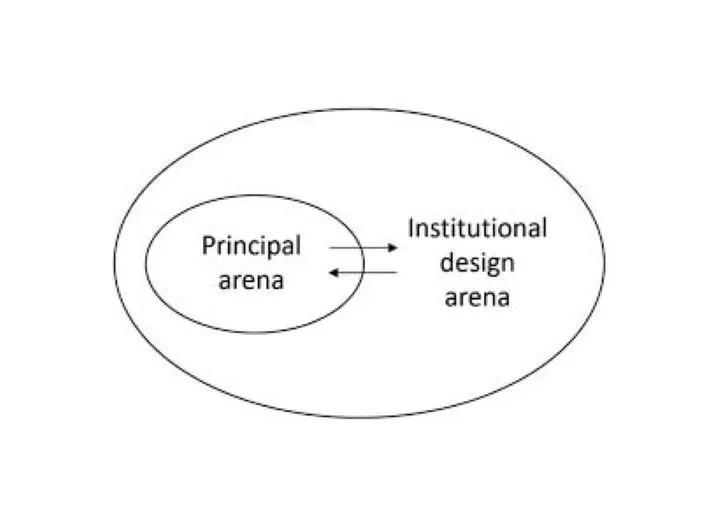The Warden’s Dilemma as Nested Game: Political Self-Sacrifice, Instrumental Rationality, and Third Parties
Jan 1, 2021· ·
0 min read
·
0 min read
Brian S Denny
 Image credit: Unsplash
Image credit: UnsplashAbstract
Inspired by the famous Prisoner’s Dilemma game theory model, Karin Marie Fierke introduced the Warden’s Dilemma to explain self-sacrifice and compromise in asymmetric interactions and to show that such an explanation requires a social ontology. She applied her model to Irish Republican Army hunger strikes in 1980–1981. Her model, however, closely resembles what game theorists call a ‘nested game’. This article (re)introduces the nested Warden’s Dilemma, focuses on the tripartite relationship inherent to the model and examines hunger strikes as part of a strategy potentially informed by instrumental rationality and knowledge of the Warden’s Dilemma dynamic. After briefly discussing the implications of approaching self-sacrificial behaviour from a rationalist perspective, a case study of strategic non-violence in Myanmar (Burma) demonstrates how third parties can both diffuse instrumental rationality regarding political self-sacrifice and facilitate patterns of resistance that appear to capitalize on the Warden’s Dilemma dynamic.
Type
Publication
Government & Opposition, 56(1)